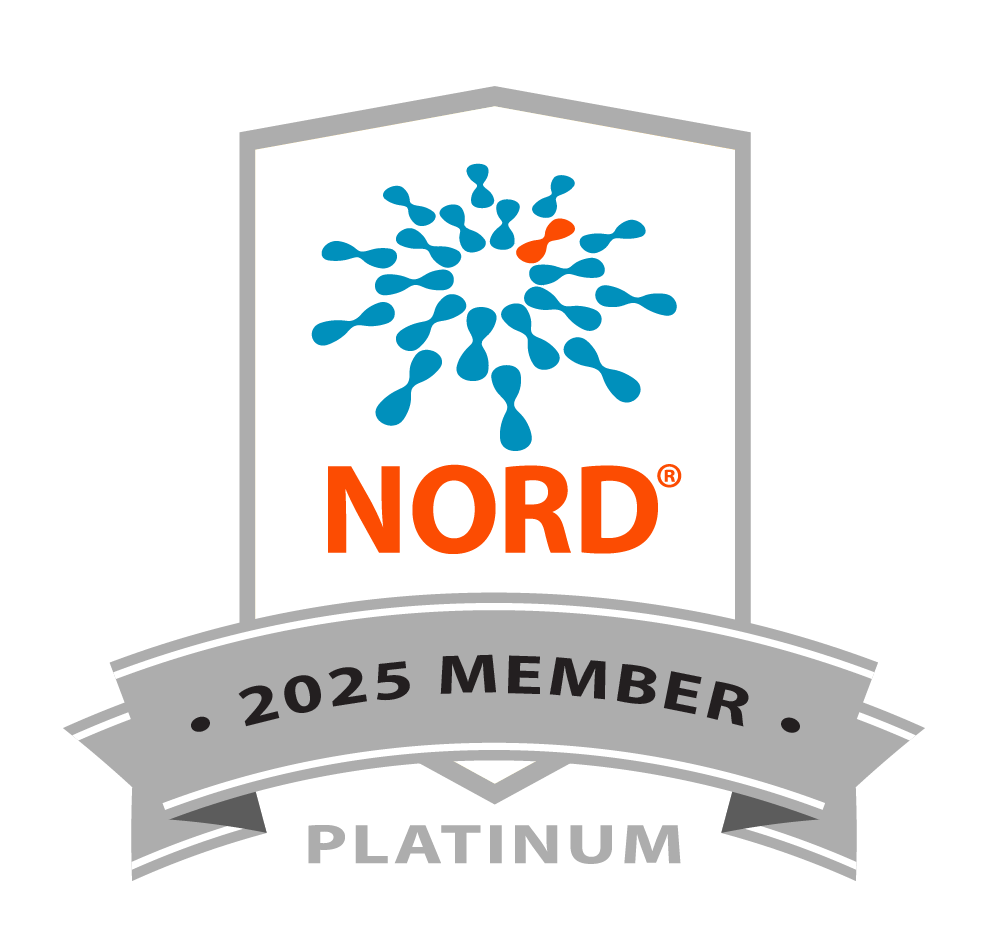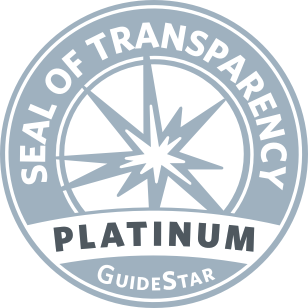
#ShareYourVision by: Lindsey Rambo
In honor of October Blindness Awareness Month, I will be participating in the Foundation Fighting Blindness’ #ShareYourVision campaign. My vision story began at birth (December 1988), and shortly after, when my family suspected that I may not have been able to see. By 8 weeks old, I was diagnosed with a broad condition, “Disease of the Retina.” A few weeks after, I was prescribed glasses, and I underwent months of screenings and tests to determine the underlying cause of my rare vision condition. Unfortunately, there were no answers provided to my family at that time.
As I continued to grow, I lived my life as “normal” as possible. I attended public school and participated as an academic student with minimal accommodations. From Kindergarten through college, I resisted any type of assistive technology because I desired to be like all of my peers. During my K-12 education, I attended rural schools. I was the only student with a visual impairment in my school, which caused me to feel very isolated at times. I had many friends during school; however, they came at the cost of me avoiding and accepting who I really was. I played varsity sports, participated in various clubs/extra-curricular activities, and achieved honor role grades during my K-12 education. I was determined to “fit in” despite my limitations.
When I was 16, I wanted to learn more about my vision. So, I gained a second opinion from a doctor who told me that I would be blind by my early 20’s, and if I ever had children, they would be blind as well. This was not quite the news I had hoped for, but I did not let it steal my faith or joy. I kept on keeping on! The next disappointment came at age 18 when I learned that I would not be able to drive a vehicle. Prior to this, I had been accepted into a day time driving program in my home state of Maryland; however, when I began this program, I quickly learned that driving would be too stressful and dangerous with my worsening vision. This was a difficult realization in my life, and I definitely experienced a deep sadness as a result. However, with time and support from my family, I turned my struggle into strength.
For many years after, I avoided going to the eye doctor because of my negative experience when I was 16. However, during college, I met my husband, and he became the reason for my acceptance of my vision condition. He spent years searching for answers related to my rare condition. In 2013, he found the Foundation Fighting Blindness, and managed to connect with the National Eye Institute. Oh, and I forgot to mention, we had two healthy and fully-sighted sons during this time as well!
In 2014, we participated in our first Baltimore VisionWalk. This was the first time I had ever been surrounded by other individuals who were blind or visually impaired. I will never forget the way I felt that day. It was the first time I didn’t feel alone in my vision journey. In 2016, I had my first appointment at the National Eye Institute. I spent hours completing assessments and genetic blood tests. By 2018, at age 28, I finally received my vision diagnosis of Leber congenital amaurosis with the determined deficient gene, LCA5. LCA5 is one of the most severe and rare forms of Leber congenital amaurosis. It is considered a progressive inherited retinal disease which causes deterioration of the retinas.
I noticed a significant change in my vision when I began my career as a Teacher of the Visually Impaired. After I earned my Master’s degree in Special Education, I began working as a TVI in the Eastern Panhandle of West Virginia. My visual impairment continues to allow me to connect with my students in a very special way. Currently, I am in my third year as a TVI, and I am still learning so much about my personal vision loss journey through working with my students.
At this point, my vision continues to worsen from day to day. I have extremely restricted visual fields, I am no longer able to read my own handwriting, I rely on screen readers for large consumptions of text, and I am no longer able to recognize faces. I utilize a white can when traveling independently indoors (e.g. during the school day). I struggle with transitioning from different types of lighting (i.e. outdoors to indoors), and I am often startled when someone approaches without verbally communicating beforehand.
At age 33, I am finally able to say that I have fully accepted my vision condition. It took most of my life for me to reach this place of acceptance; however, I have faith that anything is possible! I strongly believe a cure is in sight for many blinding diseases, and I will continue to utilize all of my effort to advocate, serve, support, and raise awareness for the blindness community.
-

Lindsey Rambo as a baby with glasses sitting on a wooden chair in photo studio.
-

Lindsey Rambo with her sons.
-

LIndsey Rambo with her family at the Baltimore VisionWalk.
-

Lindsey Rambo with her VisionWalk team.




